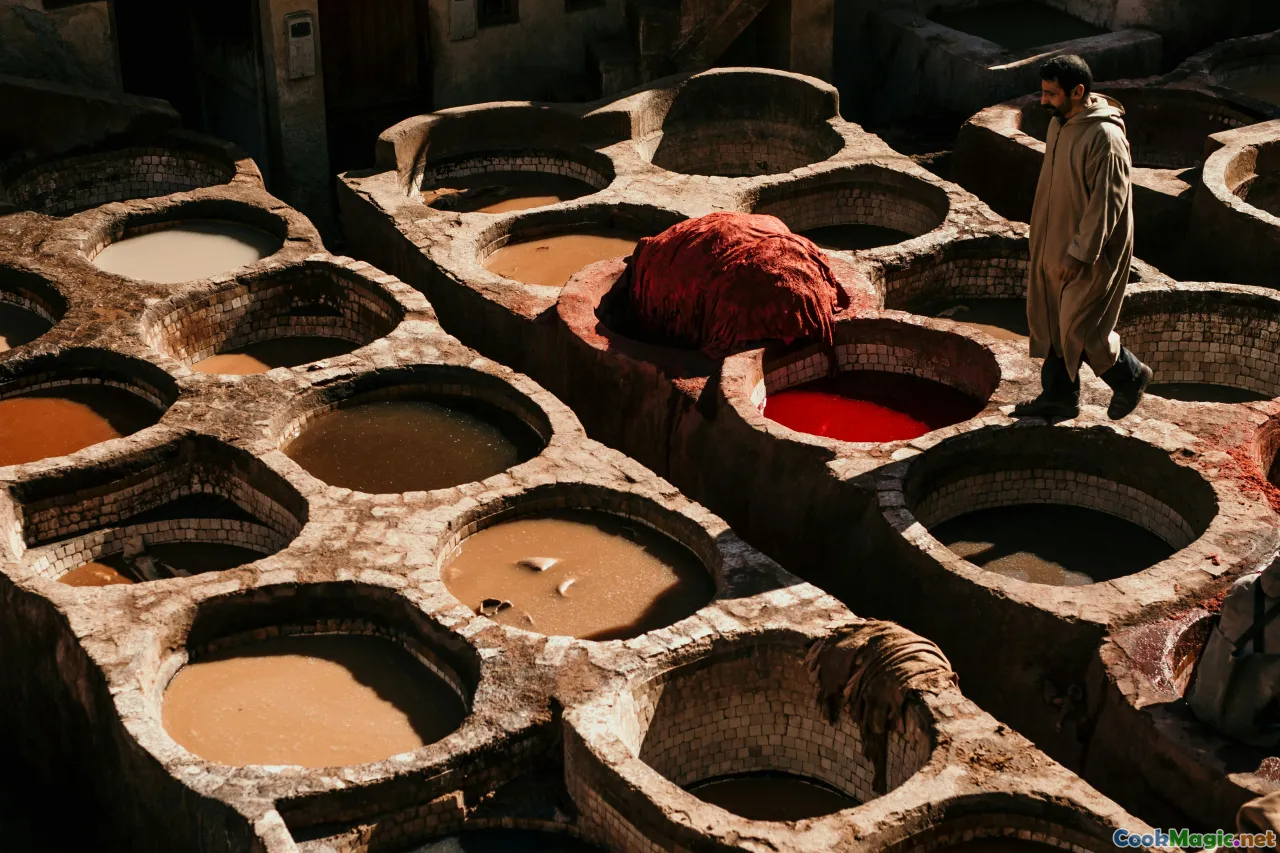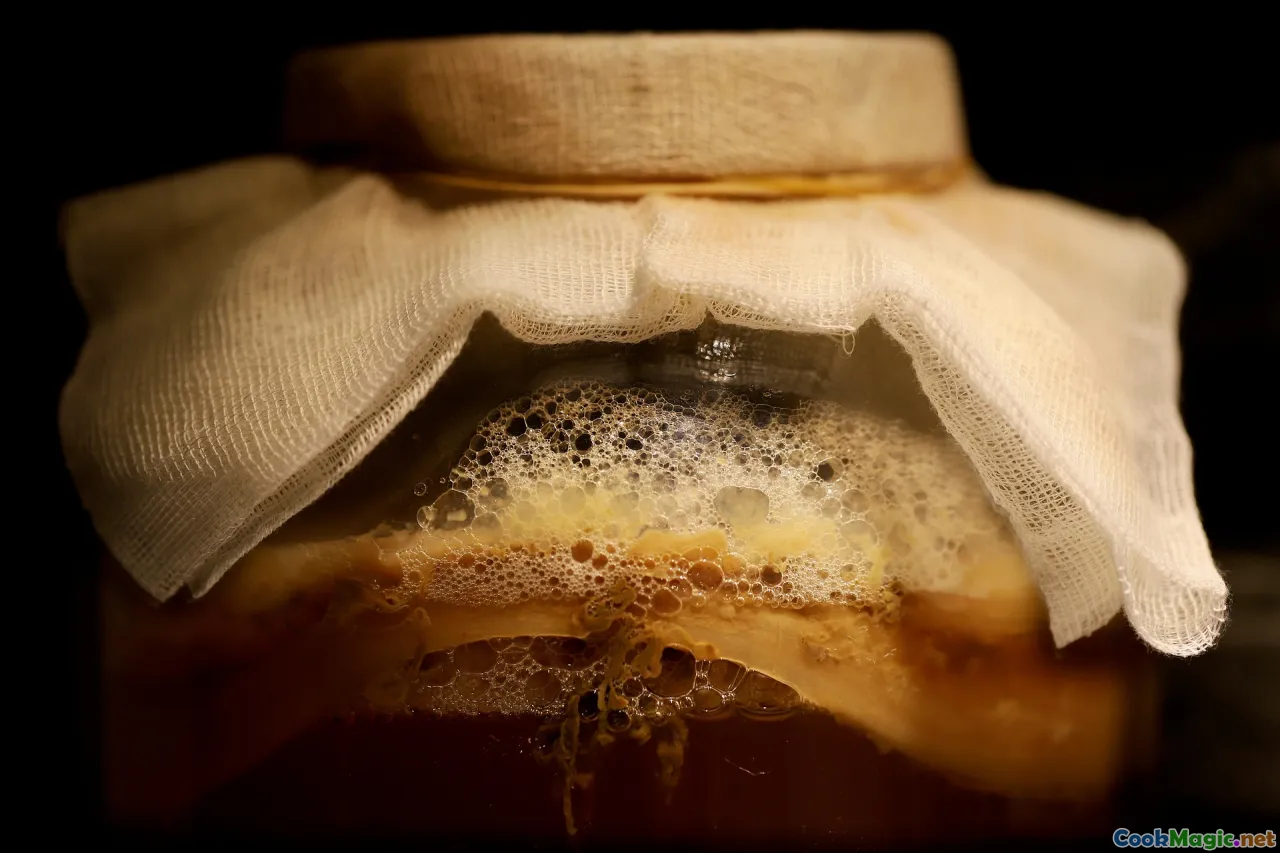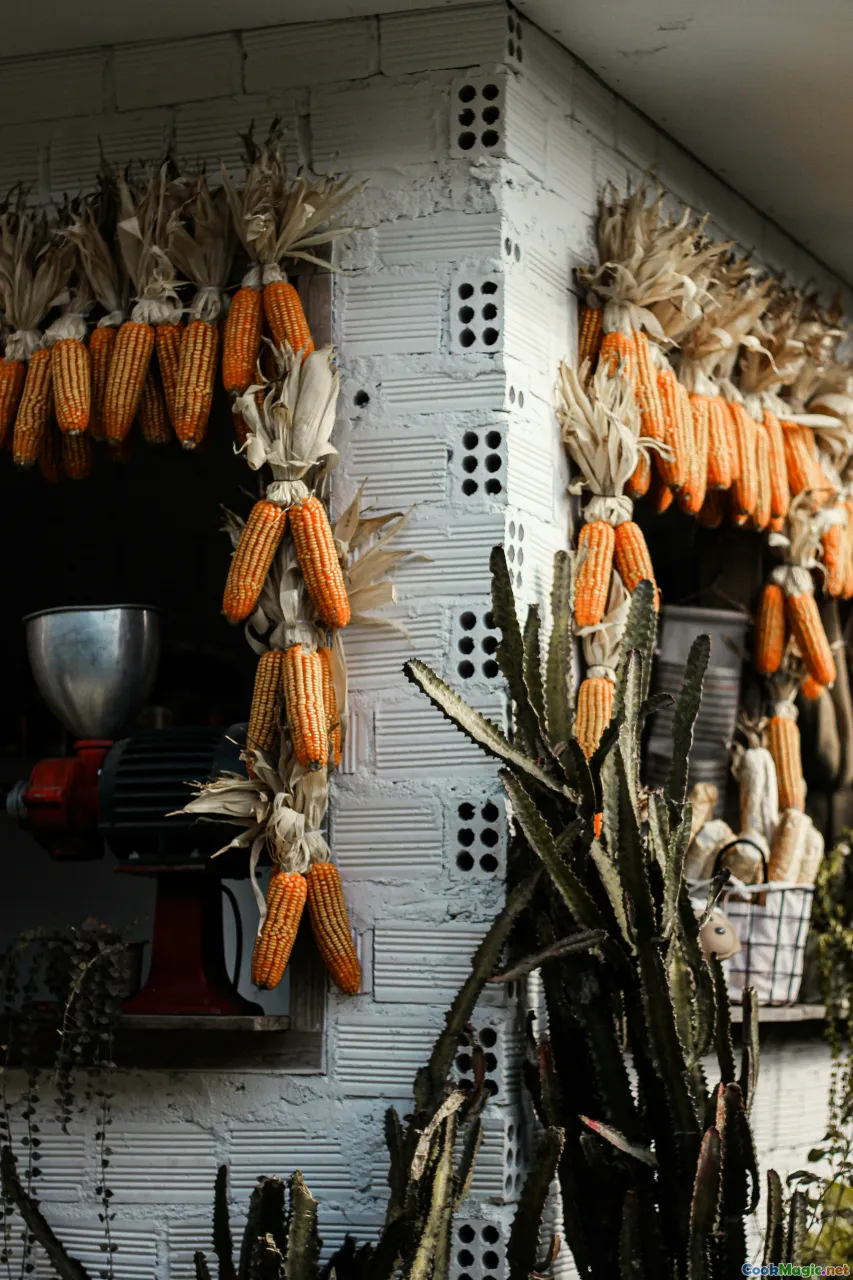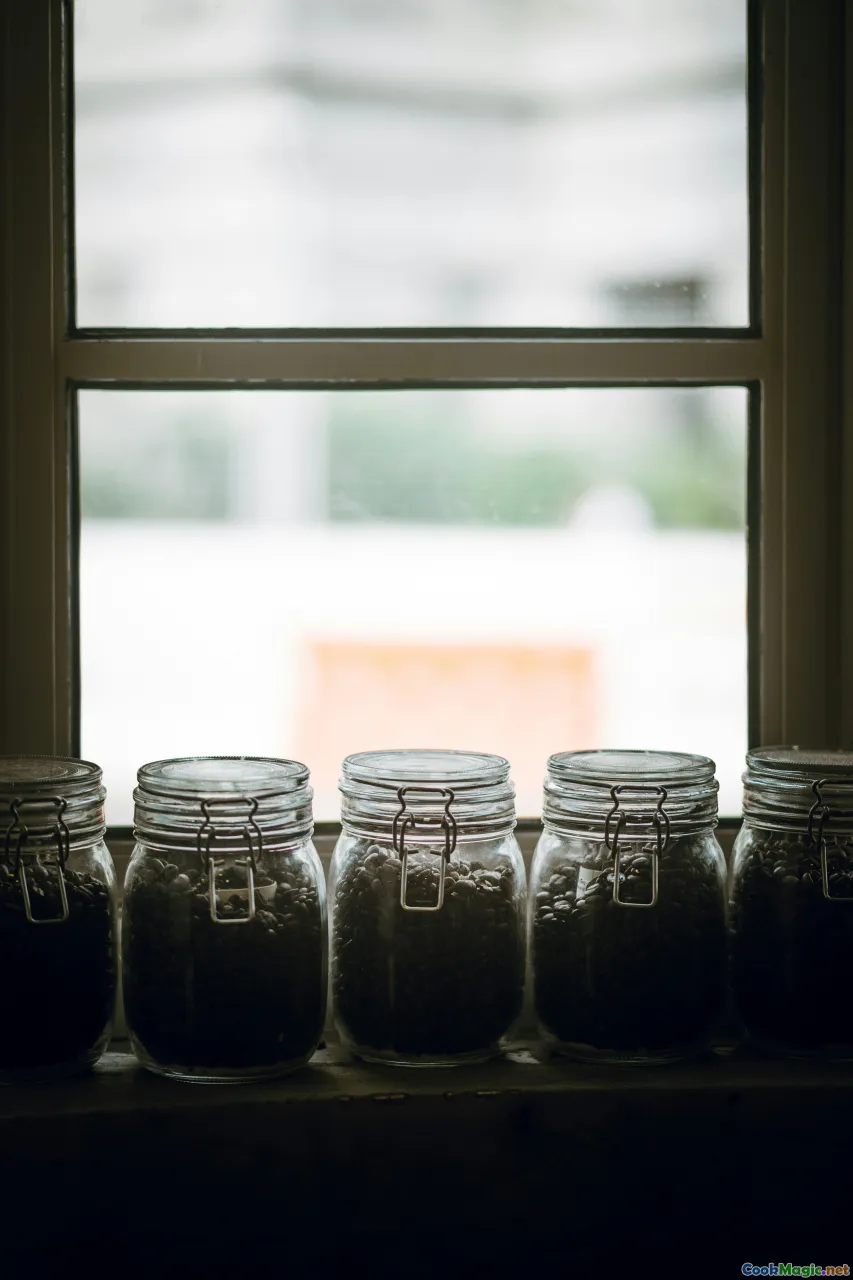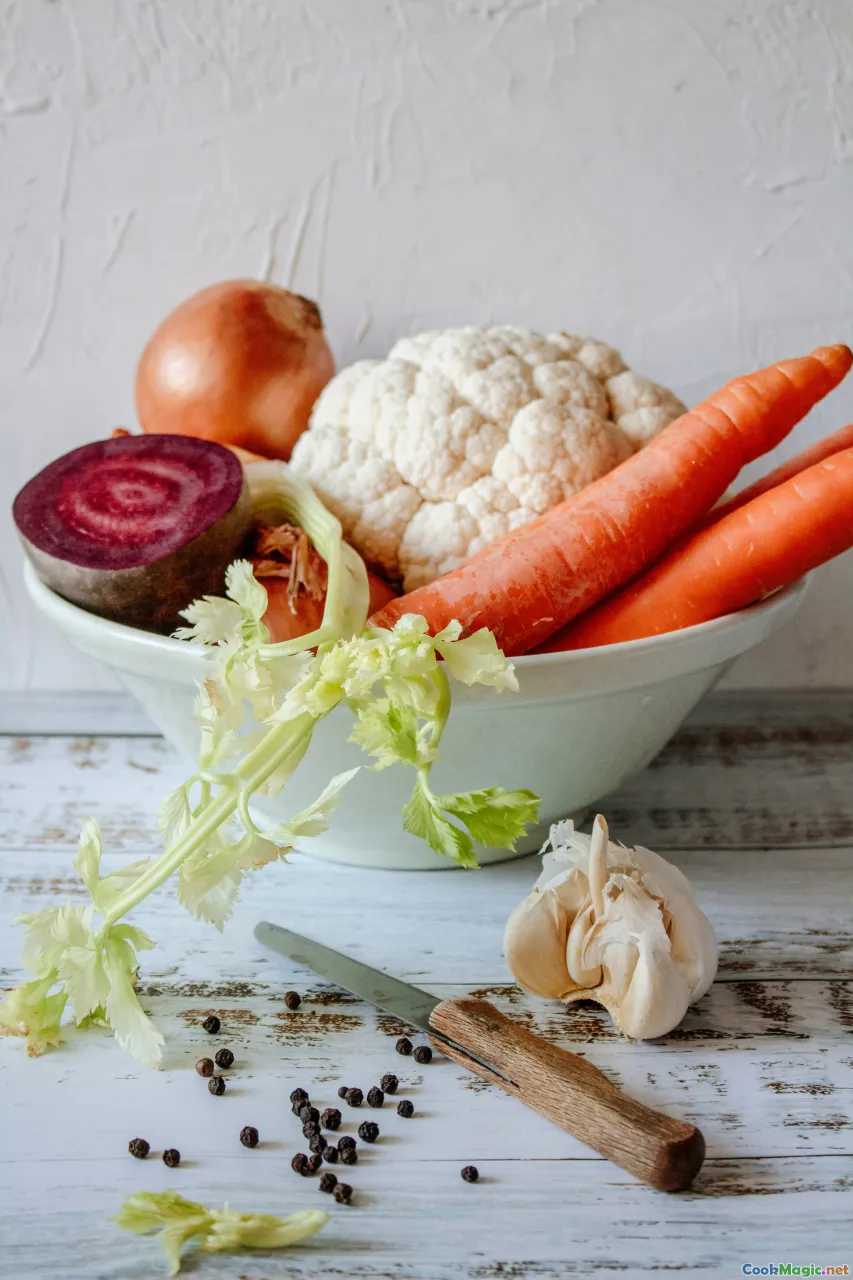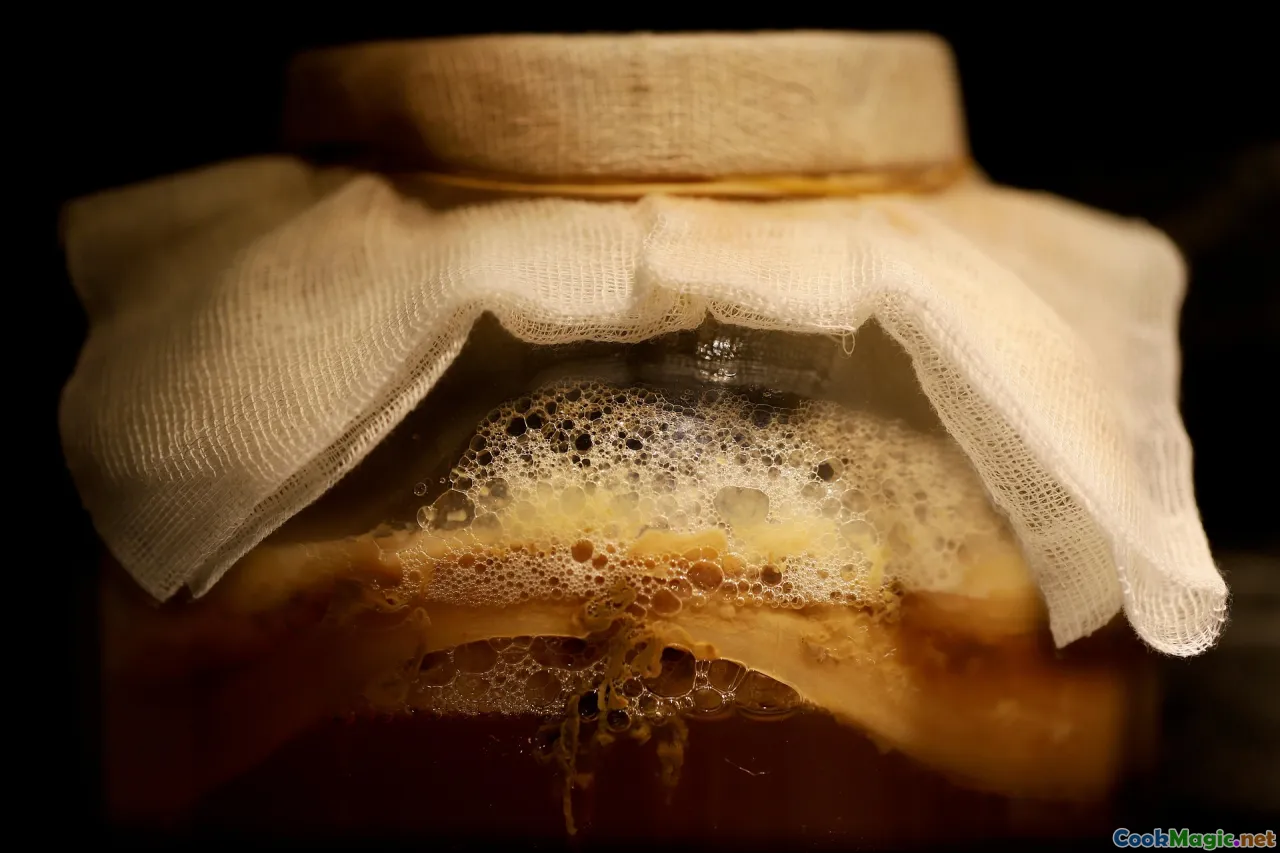The Rise of Fermentation in Modern Home Cooking
13 min read Exploring how fermentation is transforming home kitchens with health benefits, flavors, and culinary creativity. August 10, 2025 03:05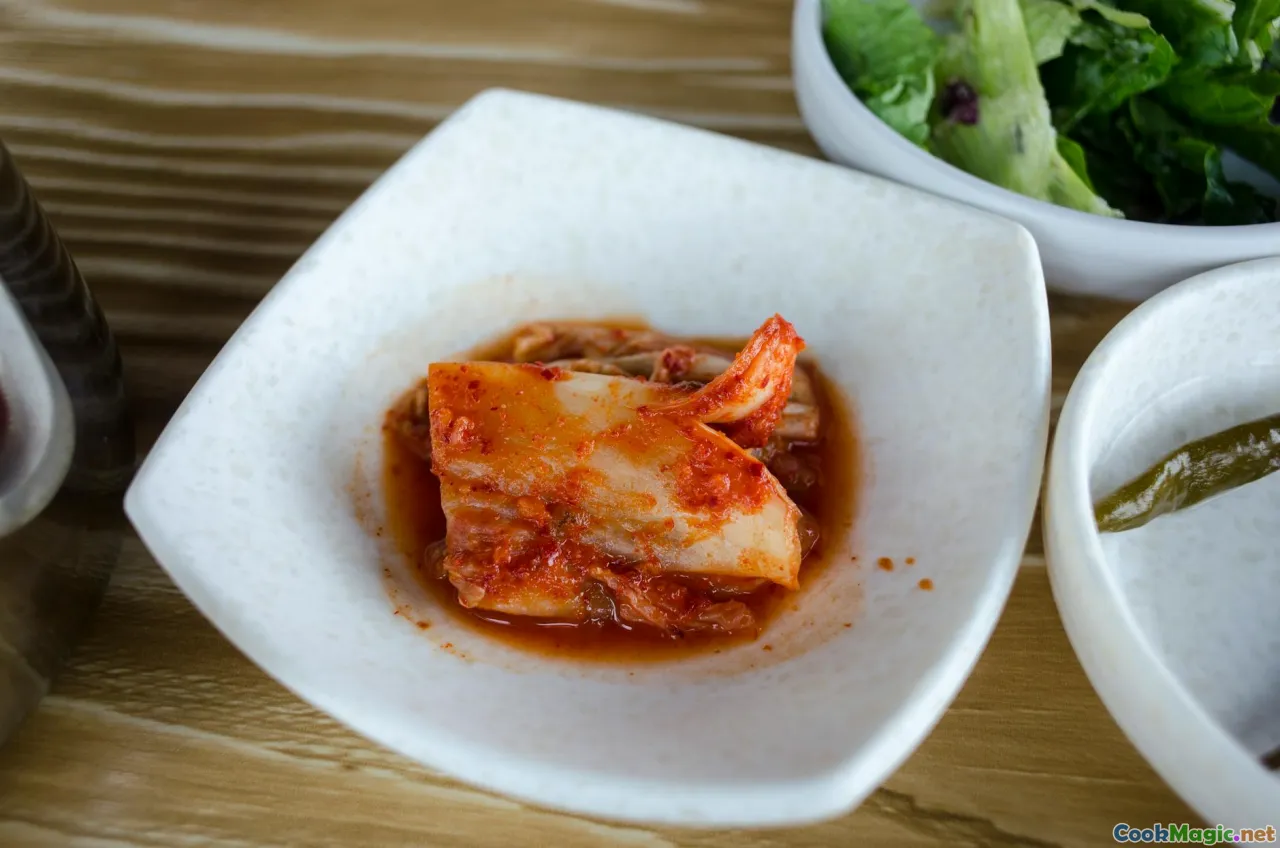
The Rise of Fermentation in Modern Home Cooking
There’s a crackling zest in the air that signals more than just a new flavor trend; it’s a revival of age-old traditions woven into the fabric of contemporary culinary innovation. Fermentation—a process once associated mainly with pantry staples like sauerkraut and kimchi—is experiencing a renaissance, transforming how home cooks approach flavor, health, and cultural storytelling. In this era where culinary artistry increasingly intersects with scientific understanding, fermentation has emerged as an enchanting bridge connecting history, community, and personal expression.
The Ancient Roots of Fermentation 
Long before the gleaming kitchen gadgets and sleek appliances of today, ancient civilizations discovered fermentation as a vital method not only for preserving food but also for infusing flavors that dance on the palate. In Ancient China, fermenting soybeans into miso and soy sauce created complex umami-rich condiments still iconic today. Across Europe, leavened bread and bitter kvass held cultural significance, while African tribes fermented millet for dark, nourishing drinks. These practices were born from necessity—preserving seasonal harvests for leaner months—but they quickly evolved into culinary artistry.
In the Indian subcontinent, the tradition of fermenting dosa batter with rice and urad dal has persisted for millennia, translating into a light, crispy, tangy breakfast staple beloved nationwide. Meanwhile, Korean kimchi not only preserved vegetables through cold winters but became an emblem of identity—spicy, sour, crunchy, layered with history.
This deep-rooted history reminds us that fermentation is more than a technique—it's a cultural heartbeat across epochs.
The Modern Home Fermentation Revolution 
Fast forward to the 21st century, and fermentation has found its way into cozy kitchens, artisan food movements, and health-conscious households. Driven by a fascination with flavor complexity and gut health, home fermentation has become an accessible art form. The rise of specialized starter cultures, fermentation workshops, and online tutorials has demystified what was once perceived as complex or intimidating.
Today, a simple jar of cabbage chopped, salted, and mixed with a touch of chili can turn into a bubbling kimchi ferment. A bowl of overnight oats topped with tangy kefir grains transforms into a probiotic powerhouse. The aroma of bubbling sourdough starter on the counter, rich with yeasty promise, signals a renaissance of slow, mindful cooking.
Many enthusiasts find joy in experimenting—trying their hand at spontaneous fermentation with wild yeasts from the environment or cultivating unique flavors through local ingredients. It’s this spirit of curiosity and personalization that fuels the modern fermenter’s journey.
Flavor Profiles and Textural Wonders 
Fermentation unlocks a symphony of sensory delights. The flavor spectrum can range from the sharp, pungent sourness of aged sauerkraut to the funky complexity of a well-curded stilton. The secret lies in the biochemical alchemy happening within the jars: lactic acid bacteria produce tang, develop depth, and sometimes create subtle effervescence.
Imagine biting into a piece of sourdough bread—crust crackling with a smoky aroma, the crumb tender and warm, with a tang that reveals hours of slow fermentation—every bite telling a story of time and patience.
Or consider a spoonful of thick, spicy kimchi—vivid red, crunchy vegetables coated in a lively lactic tang, enlivened with garlic, ginger, and a hint of fish sauce, bursting with umami and heat—such dishes are experiential, transforming ordinary ingredients into sensory journeys.
And beverages aren’t left behind—house-made water kefir or small-batch kombucha offer delightful effervescent refreshments, with fruity, sour, or herbal notes, balanced by gentle aromatics.
Fermentation as a Personal and Cultural Narrative 
One of the most heartfelt aspects of fermentation's modern resurgence is its ability to connect us—across generations, cultures, and communities. For many families, fermenting favorite recipes sustains a link to ancestors: jars of grandma’s pickles, fermenting ginger in the corner, or a tradition of brewing banana wine in remote villages.
Cultural exchange is also embodied in fermented foods. The global proliferation of artisanal kimchi shops in New York, farm-to-table fermentation dinners in European villages, or the storytelling at fermentation festivals highlight a collective embrace of tradition reimagined.
In personal kitchens, fermenting can become a meditative act—an intimate ritual wielding patience and attention—culminating in a jar of sentimental value. The joy of sharing a homemade sourdough loaf, or gifting a friend a jar of vibrant beet kvass, exemplifies community-building through food.
Practical How-To: Starting Your Fermentation Journey 
Embarking on home fermentation doesn’t require a culinary PhD—just curiosity, cleanliness, and a handful of basic tools:
- Clean, food-grade jars with airtight lids
- Salt, sugar, and fresh produce or grains
- Water (preferably filtered)
- A driving starter culture (like whey, commercial starter, or wild fermentation)
- A warm, stable environment (around 65–75°F or 18–24°C)
Begin with simple projects such as sauerkraut or kombucha. Slice your cabbage thin, salt it generously, massage until juices bleed out, then pack tightly into a jar. Leave some headspace, seal, and ferment at room temperature: within a week, the transformation from crunchy, bland vegetables to tangy, vibrant kraut is complete.
Monitor daily—foam and bubbles are signs of healthy fermentation—and taste periodically. Experiment with additions such as caraway seeds, apple slices, or chili flakes to create flavors unique to your palate.
The Science Behind Fermentation: An Intriguing Balance 
Understanding what happens during fermentation deepens appreciation and empowers home cooks. Micro-organisms, particularly bacteria and yeast, act as tiny molecular artists shaping flavor and texture. Lactic acid bacteria (Lactobacillus spp.) convert sugars into lactic acid, producing that signature tang. Yeasts ferment sugars into alcohol and carbon dioxide, creating bubbles and bread rise.
Temperature, salt concentration, oxygen exposure, and ingredients influence the balance and outcome. Too warm, and fermentations can become overly sour or develop undesirable molds. Too cold, and activity slows, prolonging the process.
Controlling and understanding these variables allows for experimentation and customization—an art and science rolled into one.
Fermentation and Wellness: The Growing Evidence 
Most compelling for many modern home fermenters is the health aspect. Evidence suggests that fermented foods support a diverse and balanced gut microbiome, which in turn influences digestion, immunity, and even mood.
Probiotic-rich foods like yogurt, kefir, kombucha, and pickled vegetables are easy to incorporate into daily meals, offering both flavor and wellness. However, source and preparation matter—fermentation carefully controlled to avoid contamination enhances safety and benefits.
Many home fermenters notice improvements in digestion, increased energy, and clearer skin when incorporating these foods routinely. As research continues to illuminate the microbiome’s vast influence, fermentation’s role as a culinary health practice becomes ever more essential.
The Future of Fermentation in Home Cooking 
Looking ahead, fermentation’s journey in home kitchens seems poised for innovation. With emerging techniques like cascading ferments, flavor-layering, and infusion with herbs and spices, cooks are pushing boundaries. Moreover, sustainable practices emphasize local ingredients and zero-waste fermentation—embracing the natural symbiosis of food, bacteria, and the environment.
Tech integration—smart fermentation containers that monitor pH and temperature—arises as the intersection of tradition and innovation. Community platforms enable sharing recipes and stories globally, nurturing a collective fermentation culture rooted in diversity and creativity.
As more individuals embrace fermentation, the kitchen becomes a living laboratory—a space where history, science, and artistry coalesce, forging a future where flavor, health, and heritage intertwine.
In this vibrant fermentative renaissance, the humble jar transforms into a vessel of tradition reborn—remarkably simple yet profoundly meaningful. Whether you're fermenting vegetables at dinner, bubbling kefir on the countertop, or cultivating wild yeasts from the air, each act connects you deeper to an ancient culinary craft that continues to evolve and inspire—an ongoing celebration of what traditional foods can teach us about patience, creativity, and community.
In embracing fermentation, home cooks are not just following a trend—they’re engaging in a tactile, flavorful, and cultural dialogue that nurtures both body and soul. So grab that jar, sprinkle those spices, and let your culinary story ferment and unfold.
